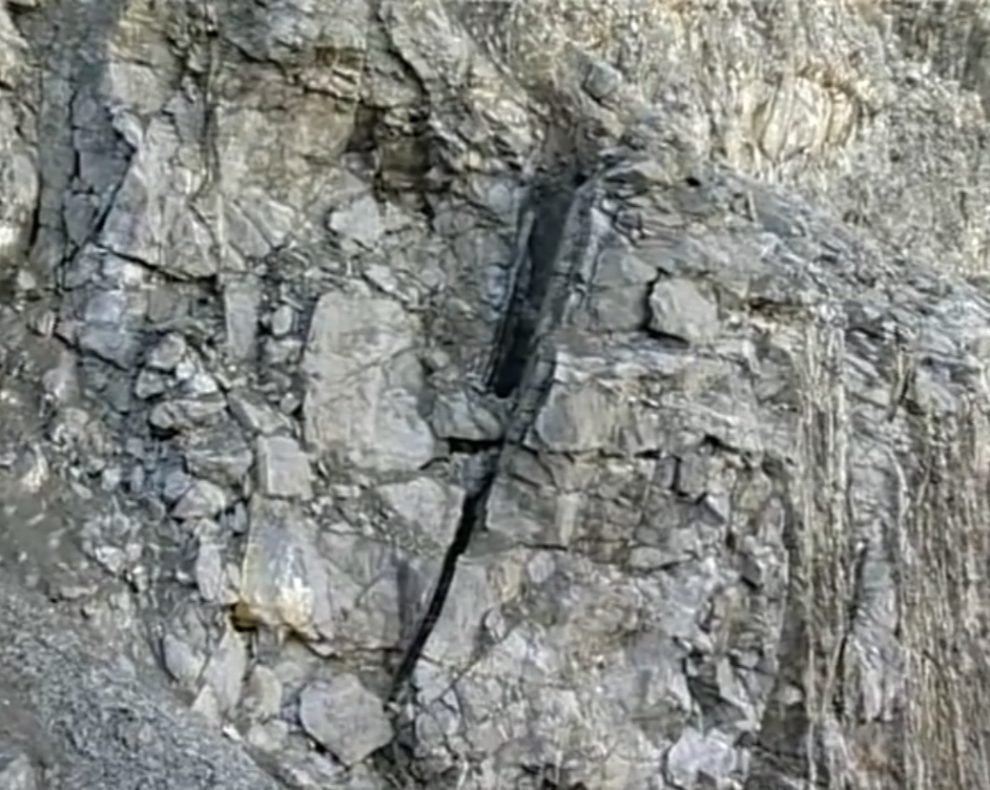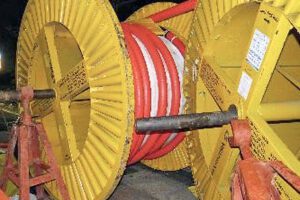The Queensland Department of Natural Resources, Mines and Energy have released a mining alert regarding pit wall failure following the death of a mine worker at Middlemount Coal. The following information is an extract from the department’s website.
On Wednesday 26 June 2019 at approximately 12.20pm, a 55-year-old coal mine worker was fatally injured while he was operating an excavator at an open cut coal mine in Queensland’s Bowen Basin. The coal mine worker was operating an excavator when an adjacent pit wall approximately 40 metres high suddenly failed. This resulted in the excavator engulfed by material from the wall and partially crushing the excavator’s cabin.
A 350 tonne excavator
Gravity and a fall of ground
A cause has not been determined at this time.
Comments
While this incident involved an excavator conducting overburden removal, mines should consider the recommendations below for all activities conducted in open-cut excavations.
READ RELATED CONTENT
- Highwall collapse investigation report- Loader fatality 11/12/2018
- Ground Control – Burying the boom – Incident alert
Recommendations
The mine Site Senior Executive should:
- Ensure sufficient geotechnical data for safe pit design and modelling is collected, analysed, interpreted and communicated.
- Ensure the geotechnical risk management strategy includes rockfall modelling to determine appropriate exclusion zones, capable of containing any potential rockfall material within the exclusion zone.
- Ensure that a visual demarcation is placed along all exclusion zones. Examples being: earth bund, witches hats or fencing.
- Ensure a person with geotechnical competencies conducts scheduled geotechnical risk assessments of all pit walls in relation to stability.
- Review their current controls to ensure risk to persons from geotechnical hazards is within acceptable limits and as low as reasonably achievable.
- Review their current geotechnical monitoring program and associated Trigger Action Response Plans (TARPs) to ensure that they are adequate and effective.
- Ensure adequate training programs are in place to enable all personnel to receive appropriate and regular training in geotechnical hazard awareness and have a clear understanding of the appropriate TARPs.
This Mining Alert was Authorised by Luca Rocchi – Chief Inspector of Coal Mines, Contact: Kevin Poynter, Regional Inspector of Mines, +61 7 4936 0125 kevin.poynter@dnrme.qld.gov.au
Issued by the Queensland Department of Natural Resources, Mines and Energy
Read more Mining Safety News














Mining communities are used to seeing and dealing with Safety Alerts and Bulletins and they add value but the recommendations are always relatively obvious and follow a standard risk management approach. The high number of recent reports of high potential and actual serious incidents are an indication that what we are currently doing is not working. Continuing to do the same thing or doing the same thing harder doesn’t make sense.
The mining regulators (all WHS regulators for that matter) have oversight across the entire industry and see (or should see) examples of good and poor practice. I understand their role in sharing news of unwanted incidents and recommending what we should do to learn from the incident. I also understand their limited ability to share specific details of the failures given their enforcement responsibilities. Instead of just trying to instigate learning and improvement out of the occurrence of unwanted incidents, what can the regulator do to promote examples of good practice?
In different circumstances i.e. no incident, using the same set of recommendations in relation to a particular risk issue, who is doing it really well, what is it specifically that they are doing – what are the details, why/how is it contributing to effective risk management, how are they getting traction at all levels of their organisation, how do their processes and systems continue to learn and improve, why are their systems and processes sustainable in the long-term and what they learned along the way. We need to scratch below the surface and get down to the nitty-gritty, the warts and all version, not shiny, polished version.
Your typical health and safety conference has some of this but I think we can do better, we can be more targetted, we can be broader in our reach and we can provide more examples that compare different approaches that are equally effective. Learning about processes is foundational, delivers minimum standards of competency but it doesn’t make us proficient. We need to applied learning to achieve that.
Regulatory and industry bodies have the ability to do that, do they have the will?